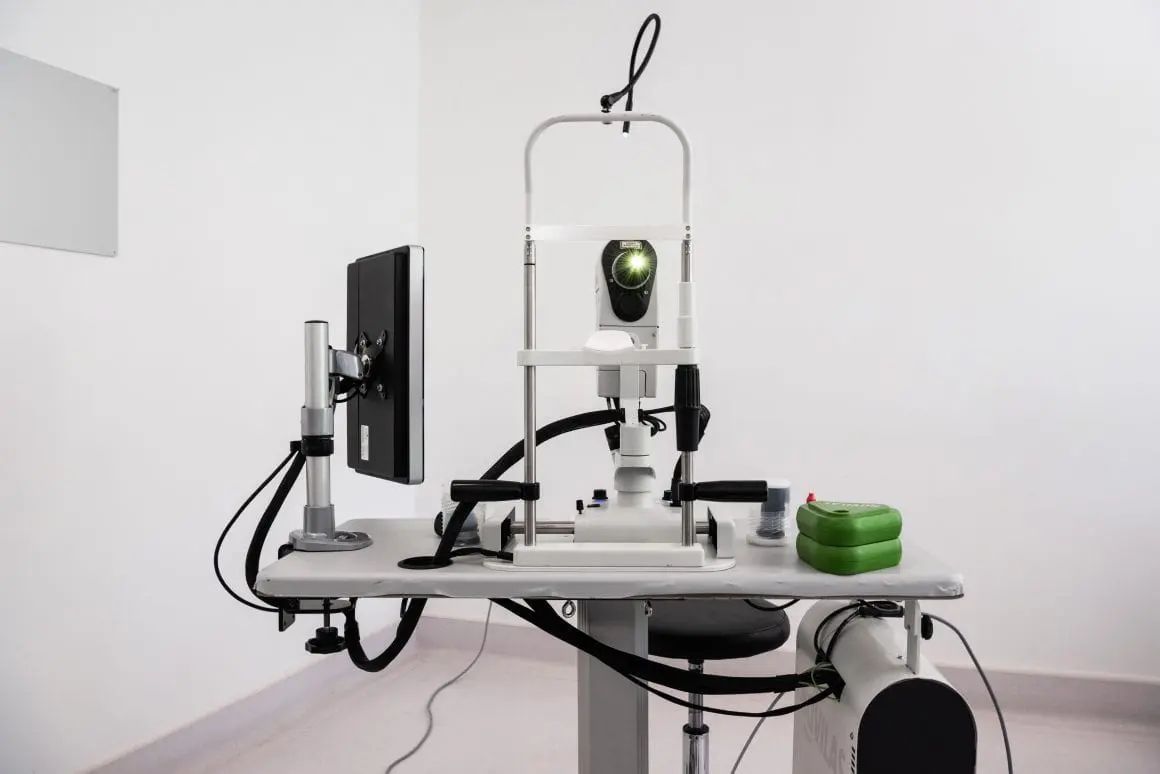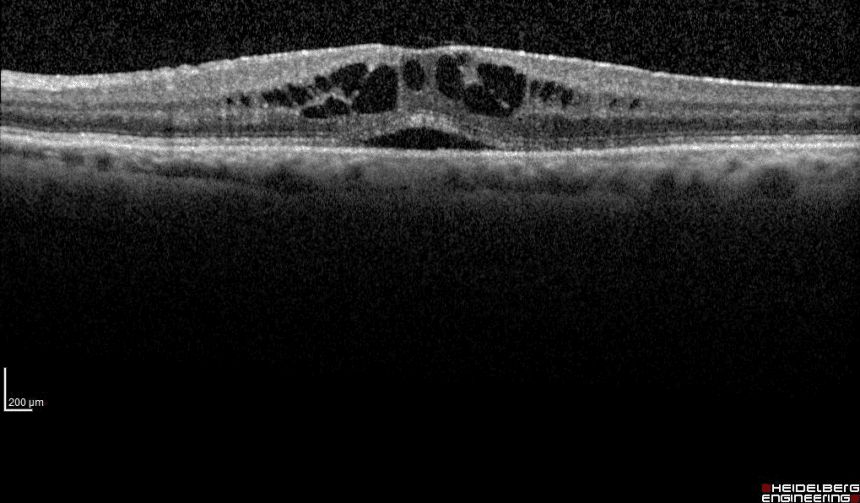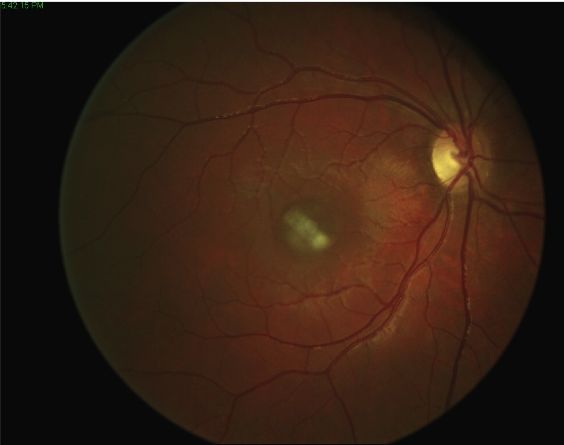Index
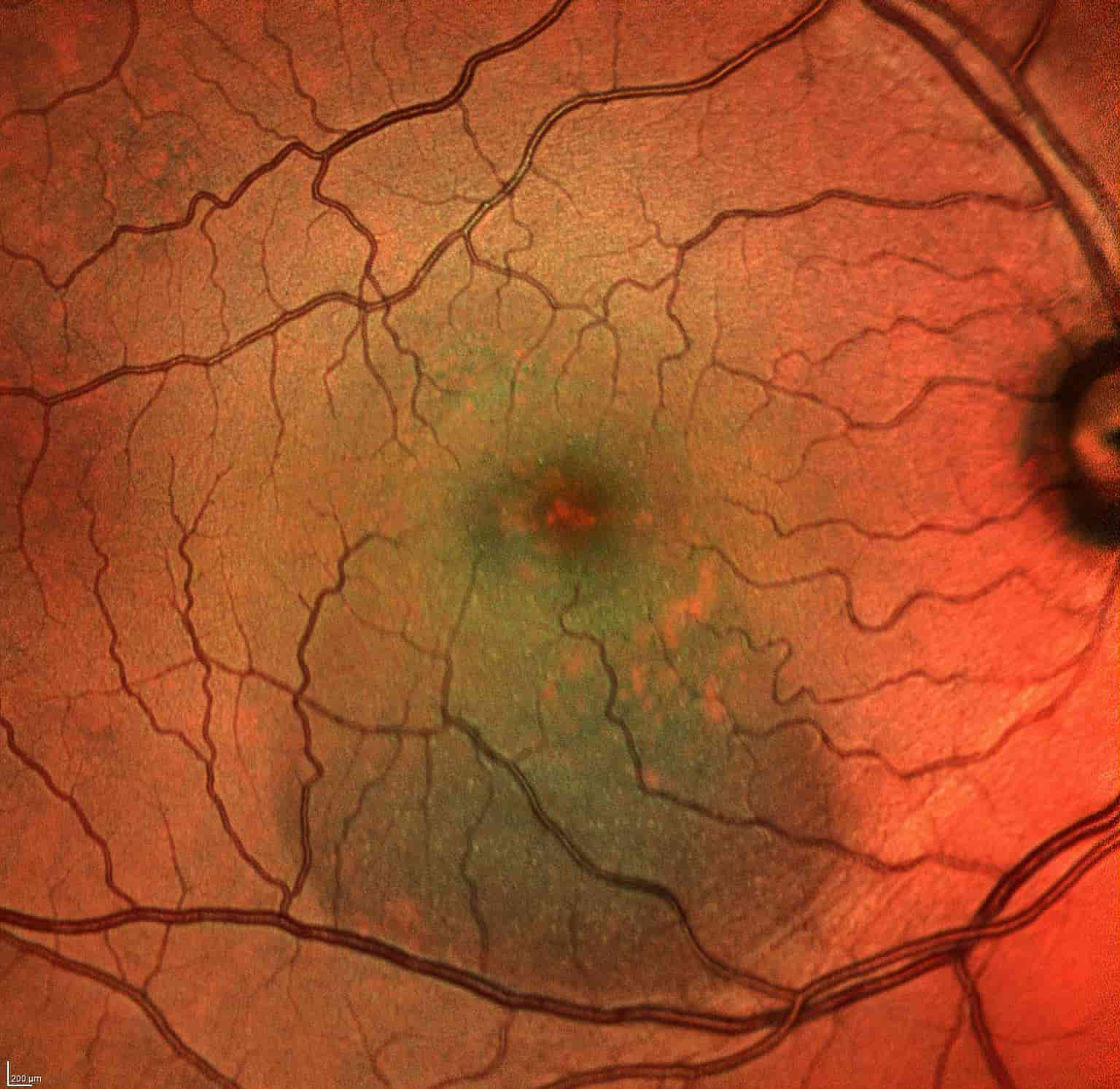
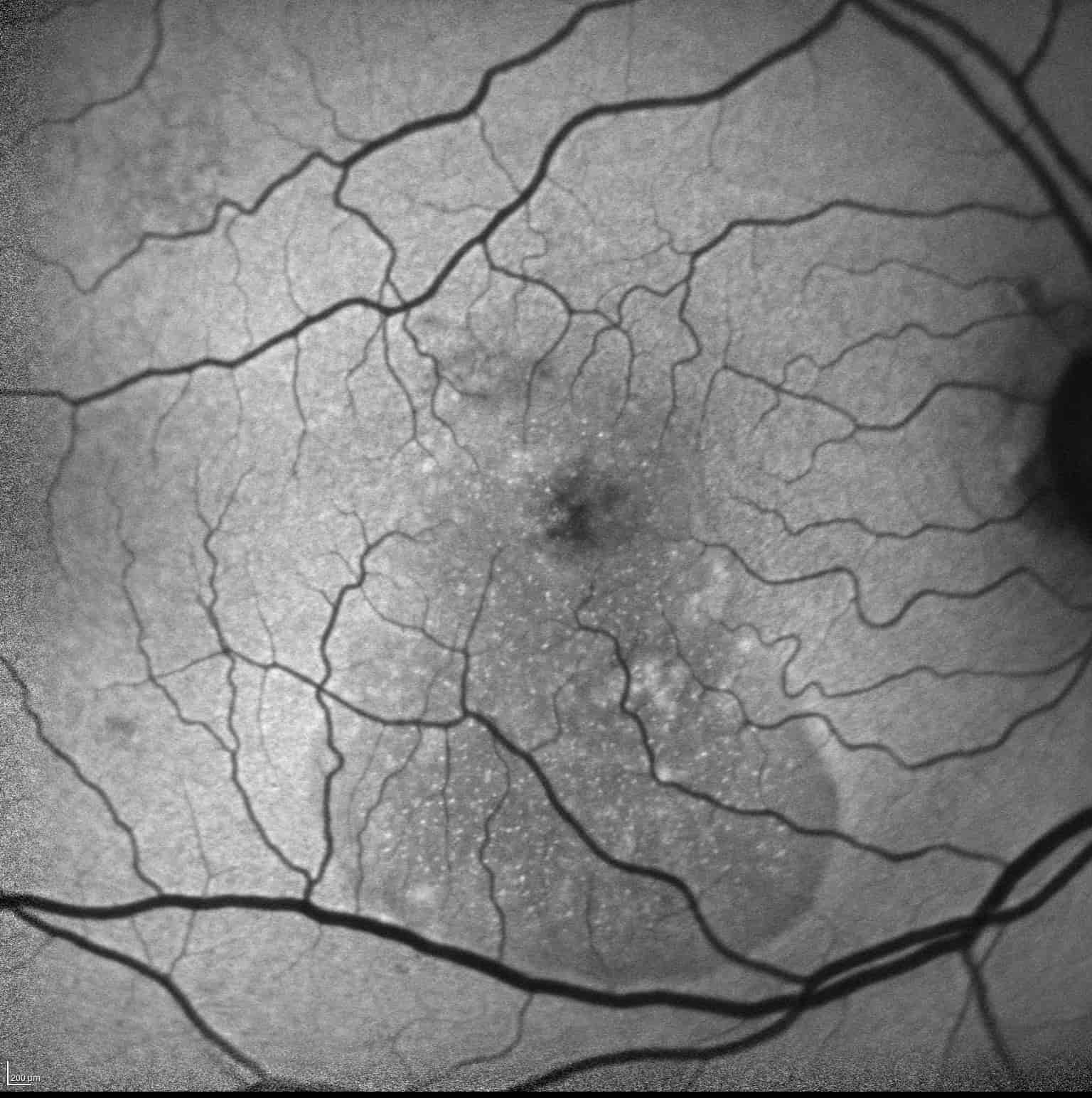
Aetiopathogenesis
At the basis of the onset of central serous chorioretinopathy there is an adrenergic hyperactivity. This hyperactivity, associated with prolonged situations of high stress, induces an excessive endogenous production of cortisol e catecholamine.
The high plasma concentration of these substances causes exudation of serum from the blood vessels of the choroid. This causes a thickening of the choroid itself, which in this way exerts a mechanical pressure on theretinal pigment epithelium (EPR), an epithelial and non-sensory type tissue that is functionally separate, but structurally and anatomically associated with the retina, of which it is an integral part.
The pressure exerted on the RPE weakens its intercellular junctions, creating an anatomical discontinuity in this tissue. Under normal physiological conditions, the retinal pigment epithelium is perfectly intact and mediates the transport of oxygen and nutrients from the choroid to the sensorineural retina. The latter is the portion of the retina that includes nerve cells with photoreceptor characteristics responsible for vision (cones and rods).
In pathological conditions, the presence of small "leaks" inside the RPE causes this tissue to lose its anatomical function of separation and this allows the trans-epithelial migration of fluids from the choroid to the subretinal space, causing the serous detachment of the sensorineural retina.
In people particularly sensitive to cortisol, this mechanism can also be induced byintake of cortisone, especially if administered systemically, but also orally (in the form of a spray), topically (for example in cream) or inhaled.
Central serous chorioretinopathy usually begins in one eye only and may be "moderately" asymptomatic in an initial phase. In the most severe clinical pictures, the disease has a rapid course and determines the lifting of the central region of the retina, that is, the area macular, responsible for sharp vision, thus causing significant visual impairment.
Symptoms
Diagnosis
Instrumental images
Treatment
Psychological assistance

New therapeutic frontiers
Pathology and treatment on video
Do you need more information?
Do not hesitate to contact me for any doubt or clarification. I will evaluate your problem and it will be my concern and that of my staff to answer you as quickly as possible.


